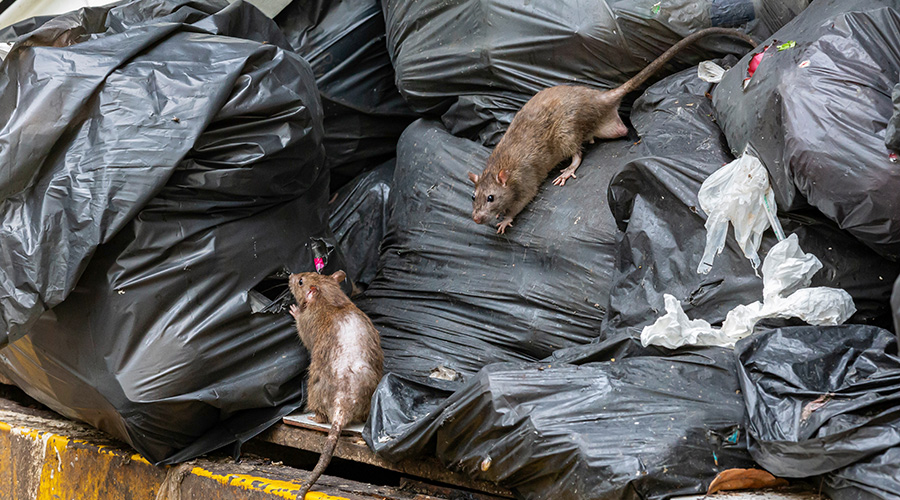NIST Begins Technical Study of S.C. Warehouse Fire
The National Institute of Standards and Technology (NIST) has launched a technical study of the June 18 fire at the Super Sofa Store furniture store/warehouse in Charleston, S.C., that killed nine firefighters, a move that could potentially lead to revised building codes.
The National Institute of Standards and Technology (NIST) has launched a technical study of the June 18 fire at the Super Sofa Store furniture store/warehouse in Charleston, S.C., that killed nine firefighters, a move that could potentially lead to revised building codes.
Within 36 hours of the fire, NIST had a reconnaissance team of fire experts on site to assess the situation and gather data about the fire as well as the subsequent collapse of the Super Sofa Store building. Based on that reconnaissance, NIST has determined that additional study is warranted.
The NIST team of fire experts has also participated, at the invitation of the National Institute for Occupational Safety and Health (NIOSH), in interviews of the Charleston Fire Department personnel who witnessed the fire. The NIST team plans to use the interview data to establish a timeline for reconstructing the fire in a computer simulation, both for NIOSH’s use and for further NIST research.
Other activities for the team could include:
• determining the conditions in the building prior to the initiating event (geometry, materials of construction and contents; location and conditions of doors, windows and ventilation; installed fire protection systems);
• determining why and how the fire spread so quickly and, if necessary based on further evaluation, why and how the building collapsed so quickly; and
• using computer simulations to study the impact on human survivability (referred to by researchers as “tenability”) in the Charleston fire if an installed sprinkler system had been in place.
A fire such as the one that occurred in Charleston raises a number of questions that, if answered, might serve as the basis for:
• improvements in how buildings are designed, constructed, maintained and used;
• improved tools and guidance for the fire service and building owners;
• recommended revisions to current model codes, standards and practices; and
• improved public safety.
For example, NIST’s study of a 1999 townhouse fire in Washington, D.C., resulted in a computer model that determined the cause of the rapid burst of flames up a stairway that claimed the lives of two firefighters. Based on the finding, District of Columbia Fire Department operating procedures were changed and the computer simulation is now used as a training tool nationwide.
Related Topics:











